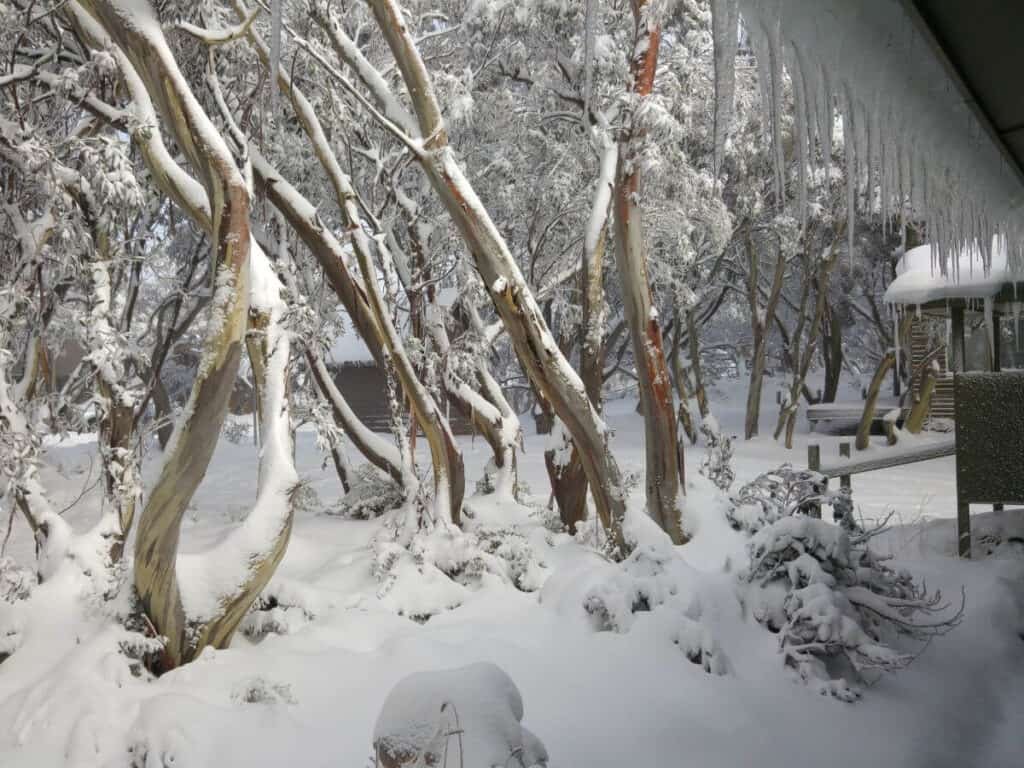Explore the Most Scenic Ski Resorts and Snowy Destinations for Snow In Australia
Explore the Most Scenic Ski Resorts and Snowy Destinations for Snow In Australia
Blog Article
The Various Sorts Of Snow in Australia and Their Impact on Wintertime Sports
Australia, recognized for its sun-soaked beaches, is additionally home to a varied selection of snow problems that dramatically affect winter sports. The adhering to expedition will certainly go over the effects of these snow kinds on winter sporting activities performance.

Comprehending the Characteristics of Various Snow Kinds
While many assume that snow is an uniform entity, it is important to understand that there are different types, each with unique attributes. In Australia, these variants are especially obvious due to weather variety. Coastal snow, located in locations such as the Snowy Hills, is commonly wetter and denser as a result of high moisture material, making it suitable for snowball fights or developing snowmen. On the various other hand, the snow discovered in the indoor regions like the Australian Alps is drier and lighter, often compared to a fluffy powder. These differences in snow type aren't merely visual; they considerably effect winter sports, dictating the convenience of activity, the speed achievable, and the degree of control called for from athletes.
The Impacts of Powder Snow on Skiing and Snowboarding
In spite of its light and cosy appearance, powder snow in the Australian Alps offers both one-of-a-kind obstacles and chances for winter months sporting activities fanatics, specifically those engaged in winter sports and snowboarding. The smooth and forgiving surface of powder snow additionally decreases danger of injury throughout drops, making it a recommended selection for extreme winter sports.

The Challenges and Advantages of Jam-packed Snow in Winter Sports
Moving emphasis from the loose, dry powder snow, another common type of snow in the Australian Alps is packed snow, presenting its own set of obstacles and advantages in the world of winter sports. Browsing turns and controlling speed can be tough on jam-packed snow, calling for higher skill degrees from professional athletes. Regardless of these obstacles, packed snow continues to be an essential element in numerous wintertime sports, forming the efficiency and strategies of professional athletes.
The Function of Damp Snow in Australian Winter Games
In contrast to the dense, slick surface of stuffed snow, damp snow plays an entirely various role in Australian wintertime video games. Snow In Australia. Its malleability makes it excellent for snow sculpting events and for fortifying snow structures in sporting activities like snow ft fights.
Just How Slushy Snow Affects Winter Sports Efficiency
Proceeding the exploration of differing snow conditions in Australia, the effect of slushy snow on winter season sports is one more intriguing variable. Slushy snow, resulting from warmer temperature levels or straight sunshine, postures special challenges to athletes. It lowers speed and calls for boosted physical initiative as the equipment sinks right into the soft, water-saturated snow. In snowboarding and snowboarding, slushy conditions can impact the predictability of turns and jumps, boosting the threat of mishaps. my company For snowmobiling, the maker's efficiency might be hindered as it battles to maintain traction. Hence, slushy snow transforms the winter sports landscape, requiring not just increased physical exertion from athletes but also a better emphasis on safety and security preventative measures.
Adjusting Wintertime Sports Techniques to Various Snow Conditions

Conclusion
In final thought, Australia's varied snow types significantly affect winter sporting activities efficiency. Each type, from the glossy seaside snow to the drier interior powder and the heavy, sticky damp snow, provides distinct challenges and benefits. Therefore, athletes must adjust their methods to navigate these varying conditions effectively. The snow's developmental function underscores the importance of comprehending its characteristics to optimize efficiency and security in Australia's wintertime sports landscape.
Moving emphasis from the loose, completely dry powder snow, one more common type of snow in the Australian Alps is packed snow, presenting its own collection of obstacles and advantages in the world of winter months sporting activities - Does It Snow In Australia.In comparison to the dense, slick surface of jam-packed snow, wet snow plays an entirely various role in Australian winter season games. Its pliability makes it go now perfect for find more info snow sculpting events and for strengthening snow frameworks in sports like snow fort fights.Continuing the exploration of varying snow conditions in Australia, the effect of slushy snow on wintertime sports is another fascinating aspect. Each kind, from the slick coastal snow to the drier interior powder and the hefty, sticky wet snow, provides one-of-a-kind challenges and advantages
Report this page